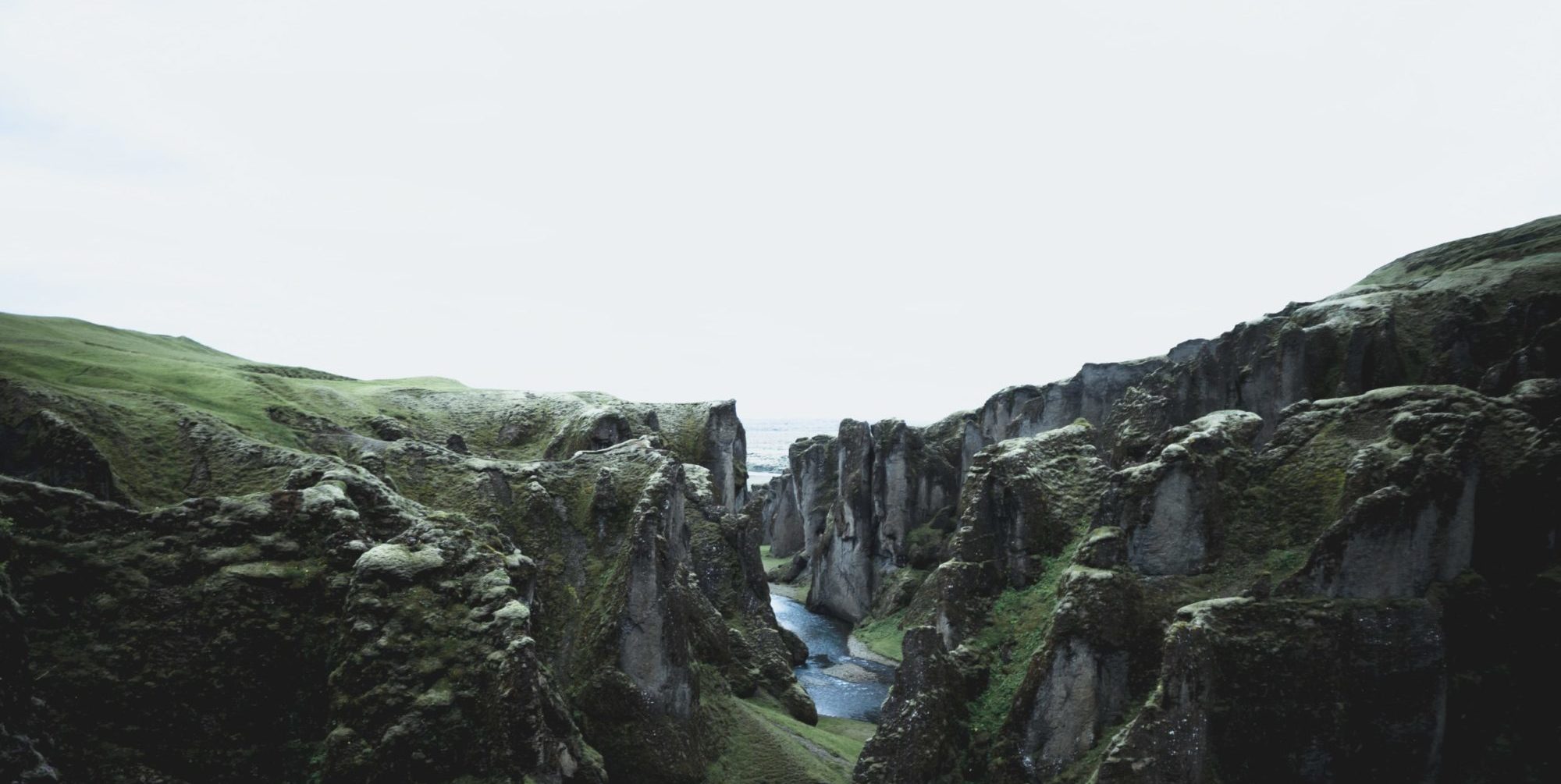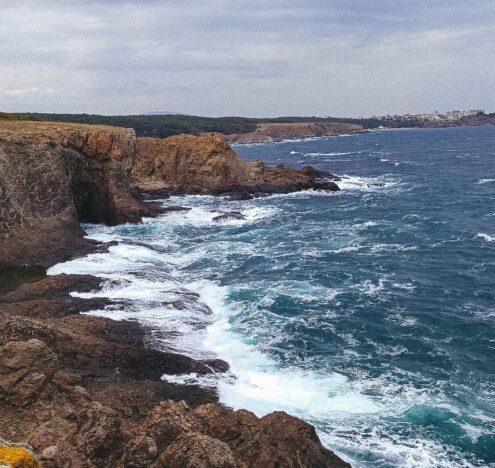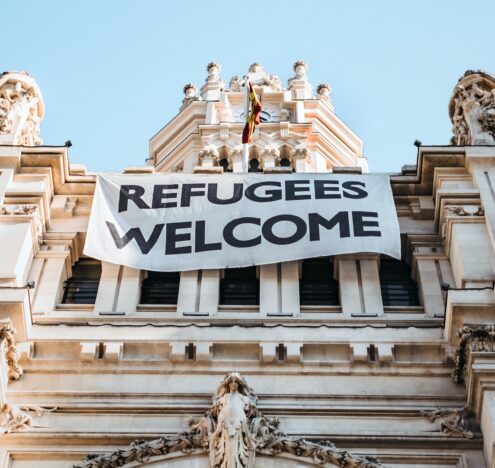When thinking of Norse mythology, people often think of Stan Lee and Jack Kirby’s heroic, powerful, and handsome Thor. However, as laid out in Neil Gaiman’s book North Mythology, these elaborate stories are much more complex than the Marvel Universe often made it out to be. While Thor was the strongest of the gods, he could also be dim-witted. He also wasn’t the dreamy Chris Hemsworth, but a giant man with a red beard and fierce eyes. Norse legends are full of complex and often mysterious figures. Most importantly, they are full of gods and goddesses that were flawed and dynamic, just like humans. Viking deities were complicated. They made mistakes, they could be selfish, superficial, devious, or they could be knowledgeable, kind, and nurturing. But how does this relate to nuclear weapons?
The gods and goddesses delighted in the world around them. However, according to the legend, this would all come to an end with the prophesied Ragnarök, or the definitive “fate of the gods.” Ragnarök would bring the gods to their knees in a battle that would usher in the end of the world and the dawn of a new age. The doomed gods would fight the ice giants in a battle that would devastate the cosmos themselves, and they would lose.
But here comes the big twist — when trying to avoid this catastrophic event, the Viking gods’ very human capacity to make mistakes means they essentially bring Ragnarök upon themselves.
Ragnarök and the devastation it breeds has many eerie similarities to what would happen in a nuclear apocalypse. In fact, it is the gods’ oversights and missteps that ultimately lead to their own demise. Many of the gods, including the all-knowing and wise Odin, are aware of the prophecy of Ragnarök. They are aware of the death and destruction that their actions can bring about, and, yet, they continually make the mistakes that trigger it. This is similar to the paradox of nuclear weapons.
Nuclear weapons have leveled cities in one blow, taking hundreds of thousands of lives, and leaving side effects that people have grappled with for generations. A nuclear detonation is surely a cataclysmic event, much like Ragnarök. In fact, in a recent study, scientists found that it would only take 100 of these weapons launched to completely end life on Earth as we know it. Currently, the global nuclear stockpile is 13,355. This is enough to end the world a few times over. We cannot afford to make mistakes with weapons of this caliber.
Using environmental models, scientists found that launching 100 nuclear weapons would kick up enough soot and dust into the atmosphere to block out the sun, sending Earth into a nuclear winter. Increased cold weather, along with a lack of sunshine, would be enough to lead to widespread food shortages. These weapons would also be enough to damage the ozone layer anywhere between 20% and 50%, which would make surface temperatures become colder than they have ever been in the past 1,000 years and allow radiation from the sun to seep into Earth’s atmosphere. A nuclear winter triggered from these weapons would be harsh and unforgiving, and it would take its toll on the environment and all forms of life. It also wouldn’t last just a few months. This would last decades.
We do not have the capacity to make mistakes with nuclear weapons. Not when they ensure our own Ragnarök, or nuclear apocalypse.
There are parallels between nuclear winter and Ragnarök. Ragnarök is foreshadowed by Fimbulwinter, or the Great Winter. Fierce, arctic winds will blow snow and ice from every direction, and even the warmth of the sun will fail against this onslaught of cold. It will be a harsh winter unlike the world has ever seen, and all life will be plunged into a seemingly never-ending twilight. The wolves Skoll and Hati will devour the sun and moon, and even the stars themselves will wink out, one by one, until the world is cast into perpetual darkness. In Midgard, humankind will be unable to grow crops without the heat of the sun, as the land will be poisoned by this ambush of cold. Without food and substance, man and animal alike will turn on each other, feeling the desperation of starvation.
In a great tremor that shakes the Earth, Yggdrasil, the sacred ash tree that holds all Nine Realms together, will quiver, and mountains will be uprooted along with it. Much like the blast of a nuclear weapon, this will have dire implications. The vibrations will snap the chain that holds the formidable wolf, Fenrir, chains that the gods trapped him in. The god’s betrayal will fuel Fenrir’s rage, and he will devour everything in his wake, including the gods’ Allfather Odin. The Midgard serpent, Jormungand, will join Fenrir, spitting his unforgiving venom all over the world. Poisoning the land, the sea, and anything unlucky enough to come into contact with it. Thor will battle with the Midgard serpent, swinging his mighty hammer. Battling like never before, Thor will slay the serpent, but he won’t get away in time as Jormungand’s poison coats him. Thor will take nine paces before falling and never rising again. The final battle of Ragnarök will rage on until every god or foe has fallen to their knees, defeated. Ragnarök is not only the fate of the gods, but the ending of all. Life and all creation will fall away in entropy, and it will be like nothing ever existed.
A nuclear apocalypse would also end all life on Earth. There would be no escaping the disastrous effects of these weapons. Just like Jormungand’s venom, nuclear fallout and radiation would spread far and wide, poisoning the seas, the land, and anything it comes into contact with. Thor may have beaten the serpent, but he dies later due to the poison now coursing through his body. Many of the victims of nuclear weapons do not feel the full extent of their power until after the conflict, when cases of high rates of thyroid disease, cancer, and other illnesses materialize years later. The effects of a nuclear apocalypse would be monumental, and it would be the end of life as we know it.
Norse mythology is brutal. It spins elaborate tales that are just as likely to talk about shortcomings and challenges of life, as it is to talk about the triumphs over these challenges. However, by examining the brutal, harsh reality of life, we can learn many things from these myths. We can learn from the gods’ flaws and ignorance. The gods feared the destruction and daunting strength that Fenrir possessed. Just like the gods chained Fenrir, we have hidden away our nuclear weapons, in hopes that the threat of mutually assured destruction will deter these weapons from ever being used. The idea of using the threat of violence to prevent further violence is flawed and unstable. We acknowledge the death and destruction that these weapons hold. We acknowledge that these weapons could ultimately send us into our own Fimbulwinter, and our own Ragnarök. It was the gods’ ignorance and fear that ultimately brought Ragnarök upon them. Mistake after mistake is what sealed their fate. We do not have the capacity to make mistakes with nuclear weapons. Not when they ensure our own Ragnarök, or nuclear apocalypse.
However, unlike the gods’ and goddesses of Norse legends, our future doesn’t have to be all doom and gloom. Taking the story of the gods, we can learn from our mistakes and proactively work towards a world free of our own Ragnarök. There are actions that can be taken against nuclear weapons, and towards a world free of their harmful effects. Take action today and sign the pledge for No First Use, showing your representatives that you believe that no one should possess the vast power to end all life on Earth. Together, we can work to end any possibility of our own Ragnarök, and join the frontline towards a better, safer future.
Rachel Traczyk works with Beyond the Bomb to recruit and train the next generation of anti-nuclear advocates and activists.





















